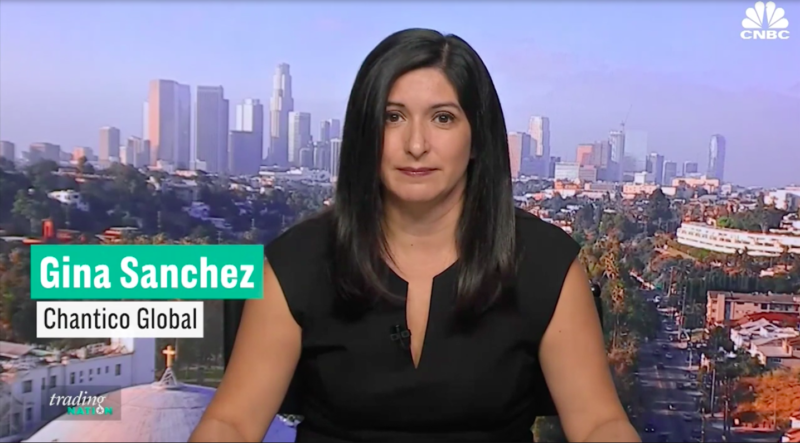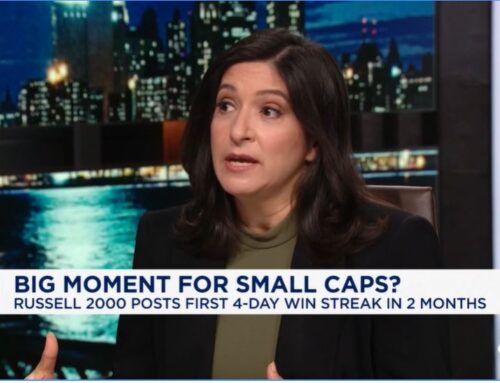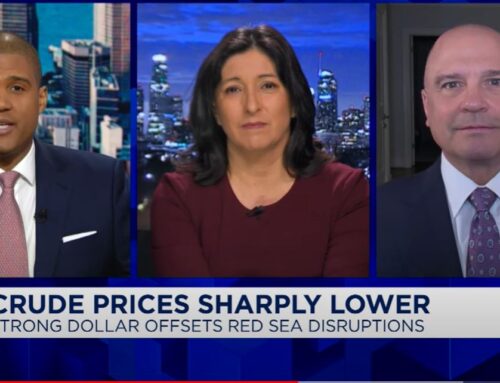The soup and cereal rout may have just gotten a lot worse from CNBC.
Consumer staples have had a rough year, and a new analysis highlights just how rotten the performance has been.
The S&P consumer staples sector was the only group to see more negative earnings revisions than positive ones for the month of May, according to a new analysis from Bank of America Merrill Lynch.
At the same time, according to the firm’s equity strategists, consumer staples’ three-month sales revision trends remain among the most depressed in the market, beaten only to the downside by utilities and telecoms.
The sector is down over 11 percent since this year, while high flyers like technology stocks are up over 14 percent. To be sure, this isn’t unusual given how far along we are in the economic recovery.
Staples’ valuation, in context
Contrast the group with where technology stocks are trading. At the beginning of a recovery, investors look toward growth stocks to drive performance in their portfolios, thus driving up valuations for those sectors. As a result, the S&P technology sector is now trading at over 23 times trailing earnings, and analysts are still highly optimistic. But this means these stocks must perform well, or they’ll be considered very expensive.
Consumer staples stocks, meanwhile, are trading at just over 18 times trailing earnings, and because analysts are so bearish, their forward forecasts put consumer staples at just 17 times forward earnings, below the sector’s long-term average. As a result, the margin for error in investing in these stocks is quite a bit higher, as they’re much cheaper.
Fall back into favor?
This matters, because we have been witnessing a rotation in market leadership, and with that, a repricing of much of the optimism that was priced in before the tax cuts. Now that they’re in full force and investors are reaping the rewards of that short-term investment, markets are looking for a slowdown in earnings later in the year.
The rotation has not yet reached staples, but we expect that as the thirst for growth wanes, solid investments like food and beverages could come back into favor. Looking ahead, we suggest keeping an eye on GDP growth. When it begins falling below 2 percent, staples become a good bet.






